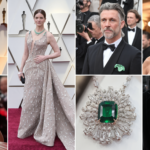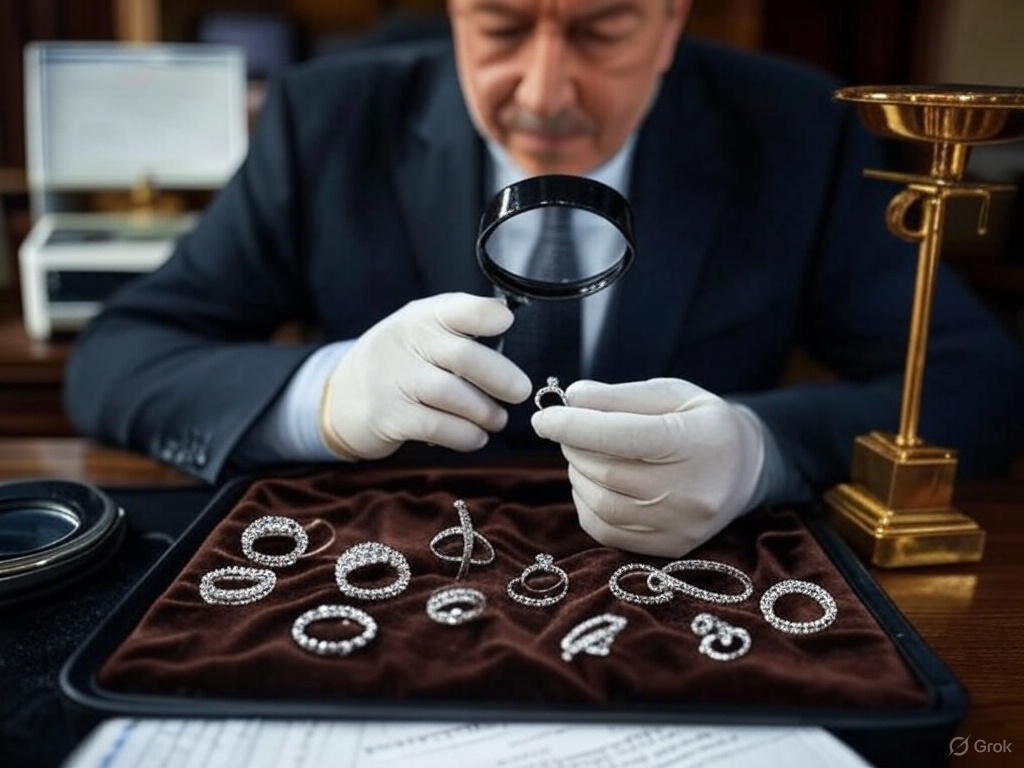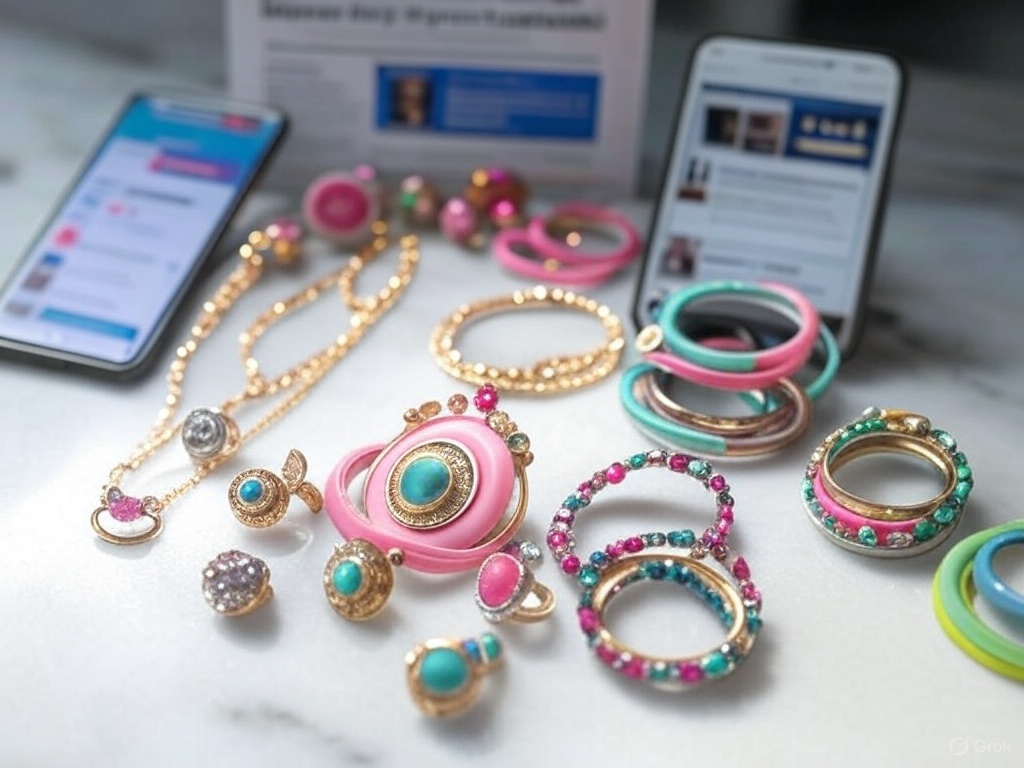Swarovski is a name synonymous with luxury, precision-cut crystals, and timeless elegance. Founded in 1895 by Daniel Swarovski, the company revolutionized crystal jewelry with its patented electric cutting machine, making high-quality crystal accessible to a global audience.
Fast forward to 2025, and Swarovski remains a dominant force in the jewelry industry, balancing heritage with innovation, expanding into new product categories, and adapting to evolving consumer trends. But how has the brand maintained its status in an increasingly competitive market? Let’s explore its journey, innovations, and future outlook.
A Legacy of Precision & Innovation
Daniel Swarovski’s invention in 1892 changed the landscape of glass-cutting technology, allowing for unparalleled precision and brilliance in crystal jewelry. Established in Wattens, Austria, the company leveraged hydroelectric power to fuel production, a move that laid the foundation for Swarovski’s global expansion.
Swarovski’s Three Core Divisions
- Swarovski Crystal Business: Jewelry, accessories, and home décor.
- Swarovski Optik: High-end binoculars, rifle scopes, and optical instruments.
- Tyrolit: Industrial grinding, cutting, and drilling tools.
These divisions contribute to Swarovski’s estimated €2.7 billion annual revenue, with over 3,000 stores in 170 countries and 29,000 employees worldwide.
Swarovski’s Jewelry: Iconic Collections & Expanding Innovation
Jewelry & Accessories
Swarovski offers a wide range of jewelry, including:
- Necklaces, bracelets, earrings, and rings, featuring Swarovski’s signature crystals.
- Swarovski Created Diamonds – lab-grown diamonds marketed as an affordable luxury.
- Crystal Pearls – simulated pearls with a Swarovski crystal core.
Swarovski continues to innovate through collaborations with fashion and celebrity influencers, such as:
- Ariana Grande x Swarovski (2025 Collaboration) – A best-selling collection featuring bold, modern crystal designs.
- Chroma Twist Collection – A sustainable line featuring 50% Swarovski ReCreated™ crystals and 90% recycled metal, reflecting the company’s commitment to eco-conscious design.
Home Decor & Collectibles
Beyond jewelry, Swarovski’s crystal figurines, wine glasses, and decorative items remain popular gift choices. The brand emphasizes timeless craftsmanship and emotional value in these pieces.
Swarovski’s Logo & Authenticity
To ensure authenticity, Swarovski products bear the Swan logo (since 1989). Older collectibles (1976-1988) feature the Square Silver SC logo, making them sought-after vintage items.
Market Performance & Global Expansion
Strong Market Presence & Growth
Swarovski maintains a high brand awareness, with approximately 60% recognition among jewelry owners in the U.S.. Financially, the company has shown resilience and consistent growth:
- 2022: €1.83 billion ($1.97 billion) in revenue with a 10% YoY growth.
- 2023: Continued 10% increase in like-for-like sales.
- 2025 Projection: Positioned for growth in the $370 billion global jewelry market.
Expanding Product Innovation
Swarovski is adapting to consumer demand for customization and uniqueness by:
- Introducing new colors and sizes of crystals across its collections.
- Expanding into the beauty market through a long-term partnership with Coty, developing fragrances and beauty products.
- Collaborating with automotive, fashion, and electronics industries, reinforcing its brand influence beyond jewelry.
Challenges & Opportunities in the Market
Reaching Younger Audiences
While Swarovski is a well-established name, Gen Z and Millennials are less engaged with the brand compared to older generations.
- 25% of U.S. jewelry owners like the brand, but only 18% own Swarovski pieces.
- Competitors like Pandora and Mejuri have gained traction by offering minimalist, affordable fine jewelry with strong digital marketing.
Balancing Affordability & Luxury
Swarovski promotes itself as “a diamond for everyone”, yet its pricing remains in the premium jewelry category. While Swarovski crystals are more affordable than natural diamonds, some critics argue that the brand’s “accessible luxury” claim is overstated.
For example:
- Entry-level jewelry: $30 during sales (per social media reports).
- High-end pieces: Custom Swarovski crystal designs can exceed $100,000.
Layoffs & Market Adjustments
Despite its success, Swarovski has faced financial strain and restructuring efforts. Reports suggest:
- 4,000+ job cuts since 2007 due to shifting market conditions.
- Recent layoffs in Wattens, Austria, as the company adapts to changing consumer demand.
These challenges raise concerns about long-term sustainability, particularly as Swarovski expands global manufacturing beyond Austria to locations like China, Thailand, and India.
Sustainability & Ethical Commitments
Eco-Friendly Initiatives
Swarovski is embracing sustainability through:
- Chroma Twist Collection, using 50% ReCreated™ crystals and 90% recycled metals.
- Swarovski Foundation, which supports arts, culture, and environmental initiatives.
- Renewable energy adoption in production facilities to reduce its carbon footprint.
Lab-Grown Diamonds: The Future of Swarovski?
The introduction of Swarovski Created Diamonds marks a strategic move into lab-grown luxury. This aligns with:
- The growing demand for sustainable and ethical jewelry.
- Competition with brands like De Beers’ Lightbox and Pandora’s Brilliance collection.
However, lab-grown diamonds may dilute Swarovski’s identity, shifting it from a heritage crystal brand to a modern diamond producer. Whether this move strengthens or weakens Swarovski’s reputation remains to be seen.
Cultural Influence: A Brand Beyond Jewelry
Swarovski’s crystals have been at the center of iconic moments in history, including:
- Marilyn Monroe’s dress in 1962, when she sang Happy Birthday, Mr. President.
- Jazz-era flapper dresses of the 1920s, featuring Swarovski embellishments.
- Hollywood red carpet moments, including collaborations with major designers like Carolina Herrera and Versace.
In 2025, Swarovski continues its cultural influence through:
- Kristallwelten (Swarovski Crystal Worlds), an immersive crystal art experience in Wattens, Austria.
- Collaborations with pop stars, such as Ariana Grande, to engage younger audiences.
Final Thoughts: Is Swarovski Still the Leader in Crystal Jewelry?
Swarovski remains a global powerhouse in luxury jewelry, but its future depends on how well it adapts to:
- Evolving consumer preferences (e.g., sustainable fashion, lab-grown diamonds).
- Digital-first marketing strategies to attract younger demographics.
- Balancing heritage craftsmanship with modern innovation.
Despite some challenges in market positioning, Swarovski’s commitment to quality, sustainability, and cultural relevance ensures it remains one of the most recognizable jewelry brands in the world.
Whether you’re a collector, fashion enthusiast, or investor, Swarovski’s evolution in 2025 and beyond will be one to watch.








